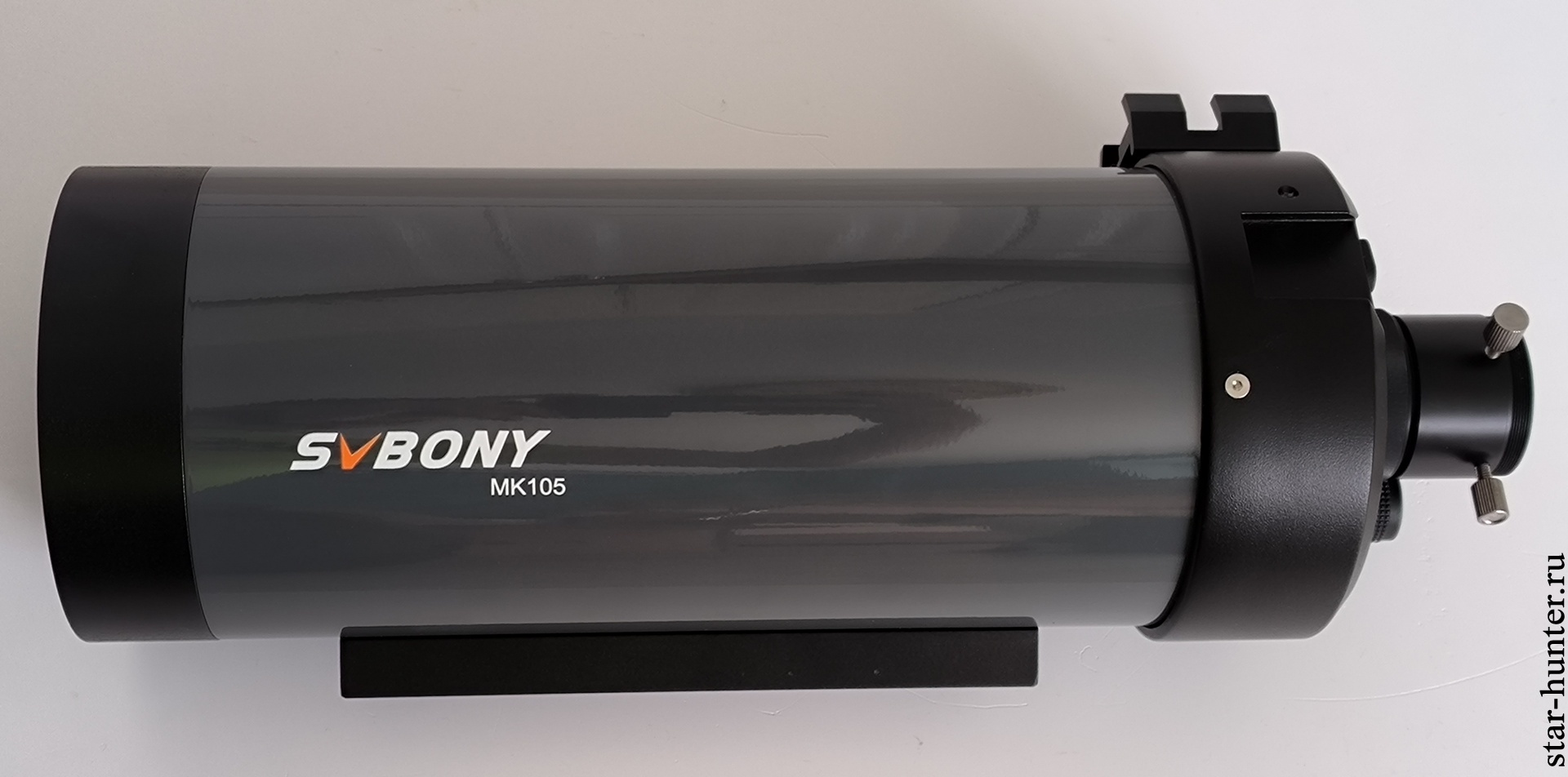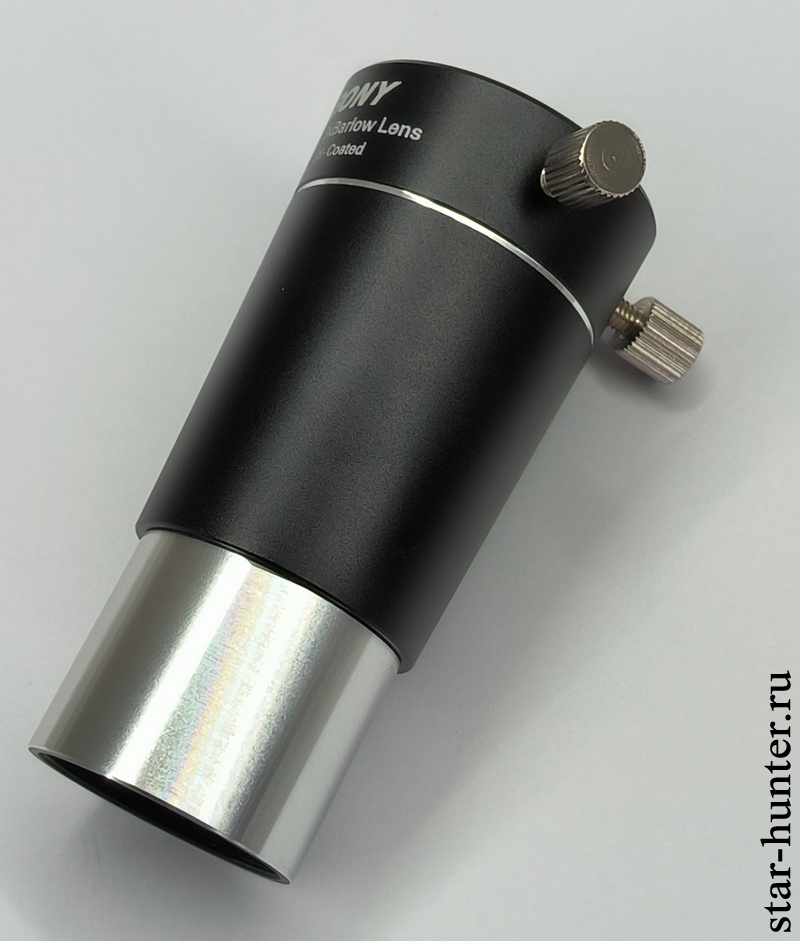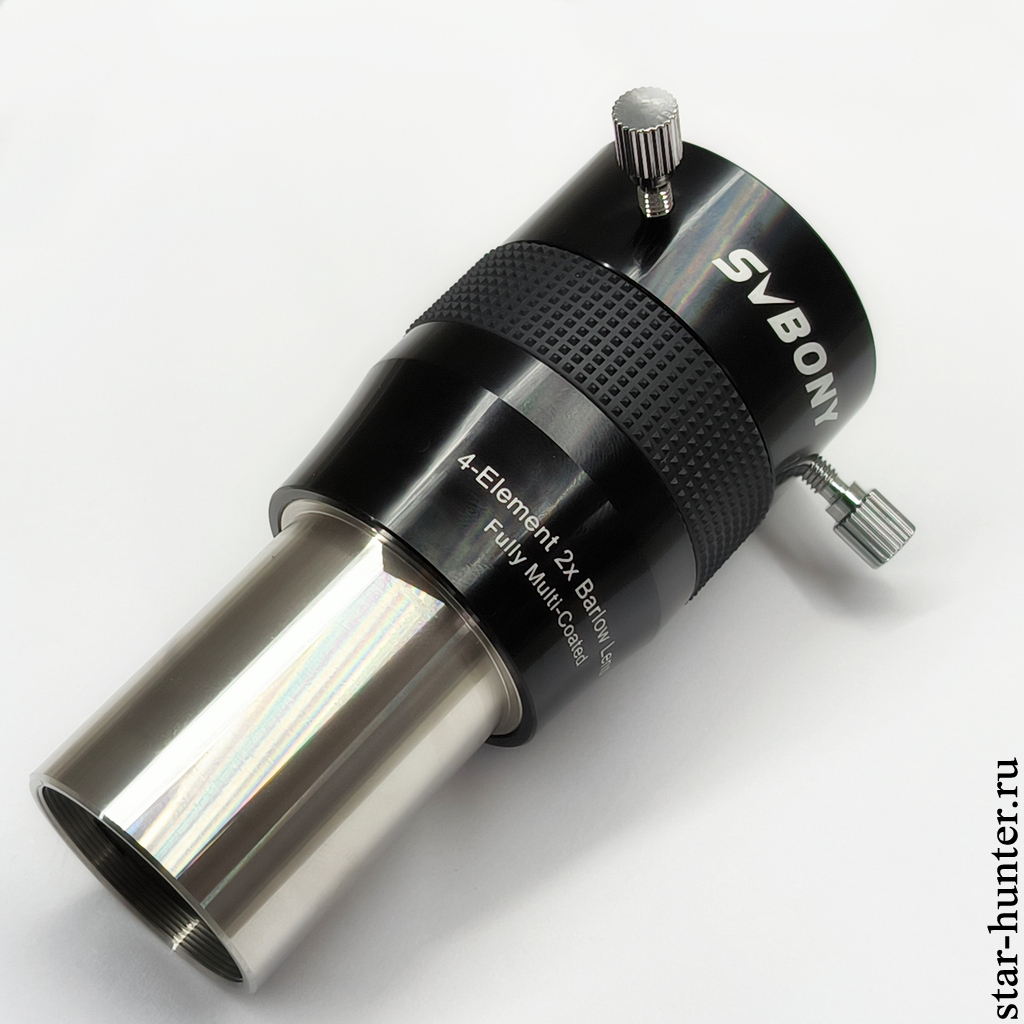ZWO ASI183MC astronomical camera
The ZWO ASI183MC is a dedicated camera originally designed for photographing celestial objects. It does not have built-in memory, like household cameras, and information from the camera is recorded on a computer using a USB cable. The videos are quite voluminous; a minute of video in full resolution at the maximum frame rate can take 20-21 gigabytes. To successfully record videos with this camera, you need a computer with a USB 3.0 bus and a fast SSD drive.

The ZWO ASI183MC camera is made in a “puck” form factor. The camera is lightweight, the body is completely metal. There is a 1/4-inch hole in the back (for example, for mounting on a photo tripod). Color sensor – Sony imx183. Shooting resolution 5496×3672 (20.18 megapixels). A 12-bit digital-to-analog converter is declared, a maximum frame rate of 19 fps in full resolution at 8 bits, a small pixel of 2.4 micrometers, a high-speed USB 3.0 bus, an autoguider port. The front sensor is covered with coated protective glass without IR-cut coating, so an additional IR-cut filter is necessary to obtain adequate color balance. Connection to the telescope is carried out using the included 1.25″ T-adapter, or using a T2 thread, or by directly installing the front black metal ring into a 2-inch focuser, or through third-party adapters.
…




